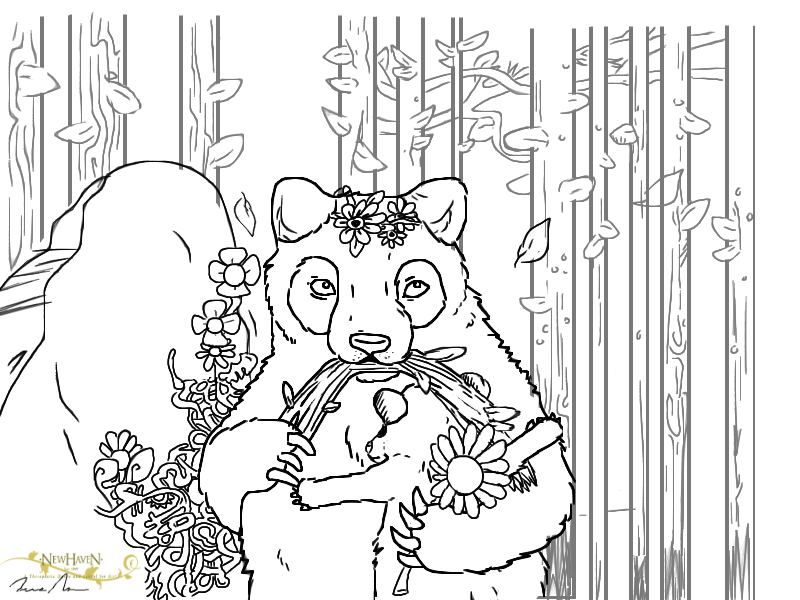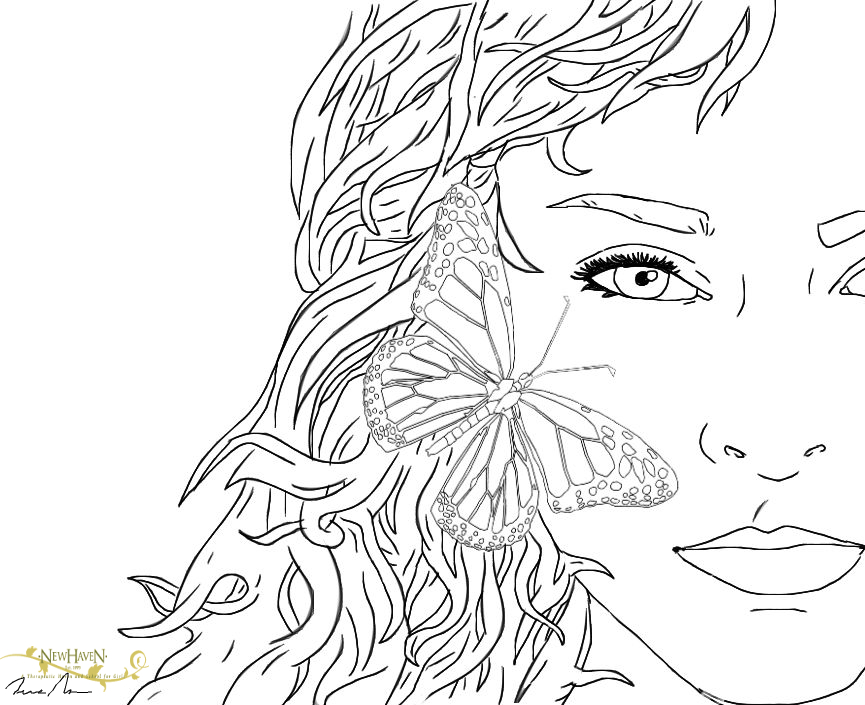At New Haven, we incorporate the principles of brain-based learning and education to support student learning. There are many ways brain-based learning is incorporated into our program. We wanted to share a tangible example with you, so you not only learn about it, but can experience it as well.
A coloring book and a box of colored pencils remind us of our earliest days, a time when filling in black and white outlines with a myriad of colors was encouraged and considered a productive way to spend an afternoon. Our five-year-old selves were aware of something we lost as we grew older, now neuroscience research supports the use of adult coloring as a way to promote wellness, stimulate brain activity, lower stress, develop attention and focus, and encourage creativity. When we open a coloring book, we immediately stimulate positive memories connected with childhood, allowing us to feel positive emotions. The process of coloring a page requires us to make decisions about color and engages our senses as we harness our fine motor skills. We build up our reserves of logic and creativity simultaneously as we consider the forms on the page and mix colors we find appealing. Harnessing our attention in this way leaves little room for our brain to focus on the worries and stress of the day.
What is Brain-Based Learning?
Have you ever wondered what is happening in your brain when you learn something new? Thanks to neuroscience research, we know that learning occurs when cells consistently fire together, the synapses strengthen and the dendrites become more stable creating a neural network. Since information moves along these neural networks or pathways in the brain, the more networks we have and the more often the networks are used determine the ease with which we can access and use information.
Brain-based learning refers to teaching strategies based on this neuroscience research about how the brain learns with a focus on neuroplasticity – the concept that neural connections in the brain are constantly changing. In fact, every time the brain gets a new piece of information, the neural connections are re-wired to accommodate it. The concept of neuroplasticity is critical to our work in changing or literally re-wiring the way students think about themselves, their families and their future.
Brain-based learning strategies incorporate knowledge that the brain can perform several activities at once, information is stored in multiple areas of the brain and meaning is more important than content when learning something new. Further, using multiple pathways in the brain leads to more neural activity and increases learning. There are seven pathways through which the brain can be engaged – sensory, emotion, reward, attention and memory, language and math, executive functioning and social. As we engage the brain through multiple pathways, we optimize learning and brain development.
So, how do brain-based therapy strategies work? One example of a brain-based strategy is coloring. The process of coloring engages a number of pathways. The sensory pathway is engaged through our visual and motor cortexes. We stimulate the emotion pathway because of the connection between childhood and coloring. Attention is engaged as we select colors and focus on filling in the various forms in front of us. As we make choices about color, we engage our executive functioning pathway. So, coloring is an excellent strategy to help students learn new information or connect to their emotions. Coloring can also train their brains to improve focus, attention, logic, and creativity.
At New Haven, we incorporate the principles of brain-based therapy and education to support student learning. There are many ways brain-based learning is incorporated into our program. We wanted to share a tangible example with you, so you not only learn about it but can experience it as well. We are excited to share this strategy with you and to give you an opportunity to practice a brain-based technique as you engage your brain in the childhood pleasure of coloring. Take a moment today to leave behind the concerns of the adult world and re-enter childhood through these coloring pages. Create and enjoy!

